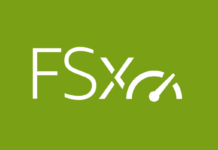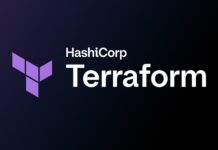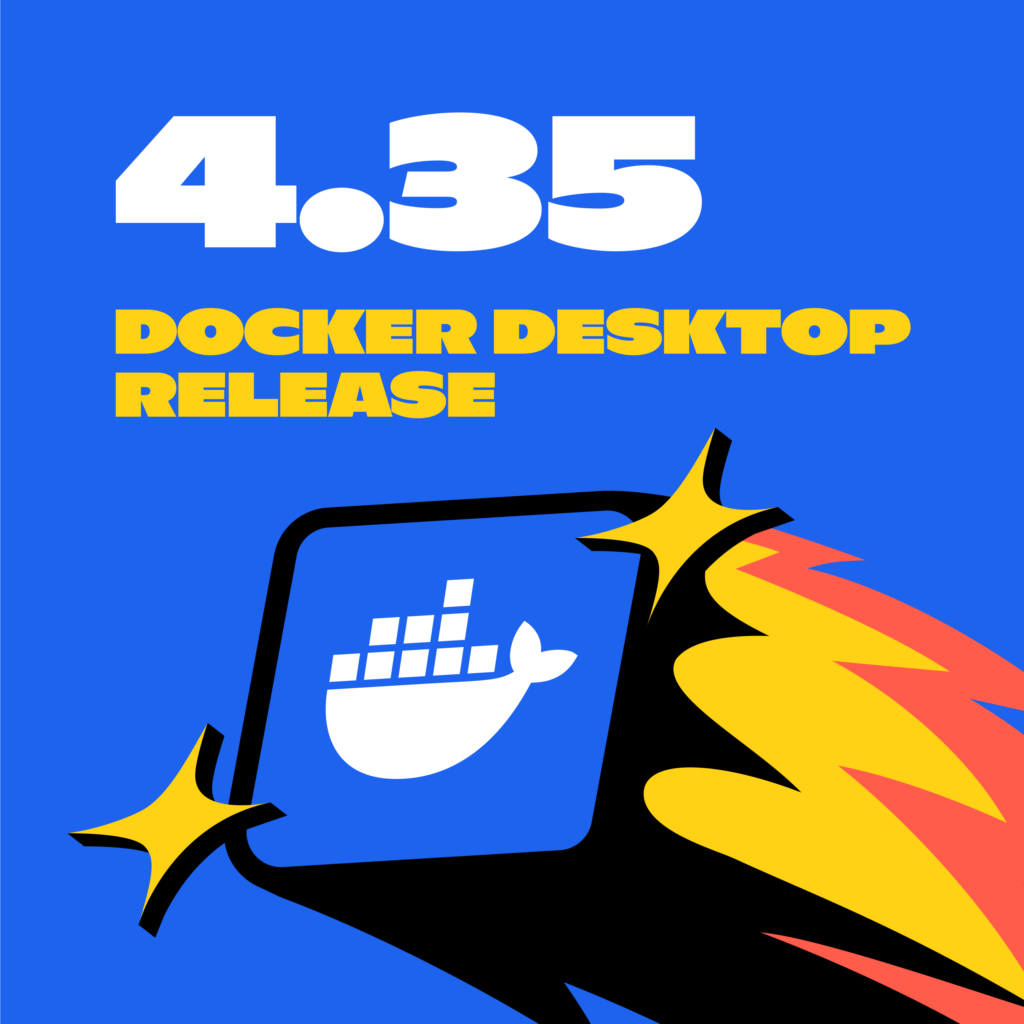Key Updates in Docker Desktop 4.35
The recent release of Docker Desktop 4.35 introduces several noteworthy features aimed at enhancing user experience and improving efficiency for developers and organizations. This article provides a detailed overview of these features, explaining their significance and potential impact on users. Whether you’re a developer or an organization looking to streamline your processes, these updates bring exciting new capabilities to the table.
Organization Access Tokens (Beta)
Before the introduction of organization access tokens, managing access to Docker resources was a cumbersome task, often reliant on individual user accounts. This approach posed security risks and created administrative challenges. With the beta release of organization access tokens, Docker is revolutionizing the way access is managed at an organizational level.
These tokens provide a centralized approach to managing user access, significantly enhancing security by allowing teams to operate more securely and efficiently. By reducing administrative overhead and offering scalability, organization access tokens are invaluable for businesses looking to improve governance, enhance security, and support scalable infrastructure. This feature is particularly beneficial for enterprise users, offering tighter control over resources and security.
Docker Home (Beta)
Docker Home is a new feature designed to provide users with a unified experience. By signing into your Docker account, you can access the new Docker Home page, which serves as a central hub for all Docker products. This feature is a significant milestone in Docker’s journey as a multi-product company, emphasizing its commitment to providing a comprehensive suite of solutions for developers and businesses alike.
The new Docker Home page offers several benefits:
- Unified Experience: It centralizes access to Docker products, allowing users to manage subscriptions, adjust settings, and find resources all in one place. This simplifies navigation for both developers and administrators.
- Admin Access: Administrators can manage organizations, users, and onboarding processes through the portal, with access to dashboards for monitoring Docker usage.
- Future Enhancements: Future updates promise personalized features for different roles, and business subscribers will gain access to tools like the Docker Support portal and organization-wide notifications.
Terminal Experience in Docker Desktop
The terminal feature in Docker Desktop has now become generally available, addressing a common pain point for developers. Previously, managing containerized applications required frequent switching between the Docker Desktop Command Line Interface (CLI) and Graphical User Interface (GUI), disrupting workflows and reducing productivity.
The integrated terminal feature solves this issue by embedding a terminal directly within the Docker Desktop GUI. This seamless integration allows developers to transition effortlessly between CLI and GUI interactions within a single window. By minimizing the friction associated with context switching, this feature streamlines workflows, accelerates delivery times, and enhances overall developer productivity.
Volumes Export is Generally Available
The 4.35 release has enhanced volume backup capabilities in Docker Desktop, integrating the previous Volumes Backup & Share extension directly into the platform. This upgrade simplifies the backup process, making it more accessible and efficient for users.
This release is just the beginning, with plans to expand these capabilities further. The beta features for Scheduled Backups and External Cloud Storage backups are also available, providing users with even more options for data management and security.
Improved Performance Experience on macOS (Beta)
Docker Desktop 4.35 introduces Docker VMM, a container-optimized hypervisor for Apple Silicon Macs. This enhancement is a game-changer for local developer workflows, optimizing the Linux kernel and hypervisor layer to significantly improve the speed of common developer tasks.
For example, tasks like iterating over a large shared file system are now up to 25 times faster when the cache is warm, compared to previous versions. Docker VMM promises even more exciting performance improvements in the future, making it an essential tool for developers using Apple Silicon Macs.
Docker Desktop for Red Hat Enterprise Linux
The general availability of Docker Desktop for Red Hat Enterprise Linux (RHEL) marks a significant milestone for Docker and its developer community. This feature extends Docker’s reach, providing RHEL users with access to a seamless containerized development experience on the same operating system that might power their production environments.
Docker Desktop for RHEL offers the same intuitive interface, integrated tooling, and performance optimizations as other supported Linux distributions, ensuring a consistent and efficient user experience.
How to Install Docker Desktop on Red Hat Enterprise Linux
For those interested in using Docker Desktop on RHEL, detailed installation instructions and download links can be found in the official release notes.
Looking for Support?
Docker offers Premium Customer Support for Docker Desktop with a Pro or Team subscription. With the latest general availability release, Docker is ready to provide official support to users considering Docker Desktop. To learn more about the benefits of a Pro or Team subscription and determine if it’s right for you, visit the Docker pricing page.
Explore the Latest Updates
The updates in Docker Desktop 4.35, from the security enhancements of organization access tokens to the performance boost of Docker VMM for Apple Silicon Macs, are designed to meet the evolving needs of developers and organizations. Each new feature aims to make development smoother, faster, and more secure, whether you’re managing large teams or optimizing individual workflows.
Docker continues to make improvements, with more tools and features on the way to help users build, manage, and scale projects efficiently. By exploring the latest updates, users can enhance their development experience, making the most of Docker’s innovative solutions.
For more details on these updates and to access additional resources, visit the Docker Desktop release notes page.
For more Information, Refer to this article.


































